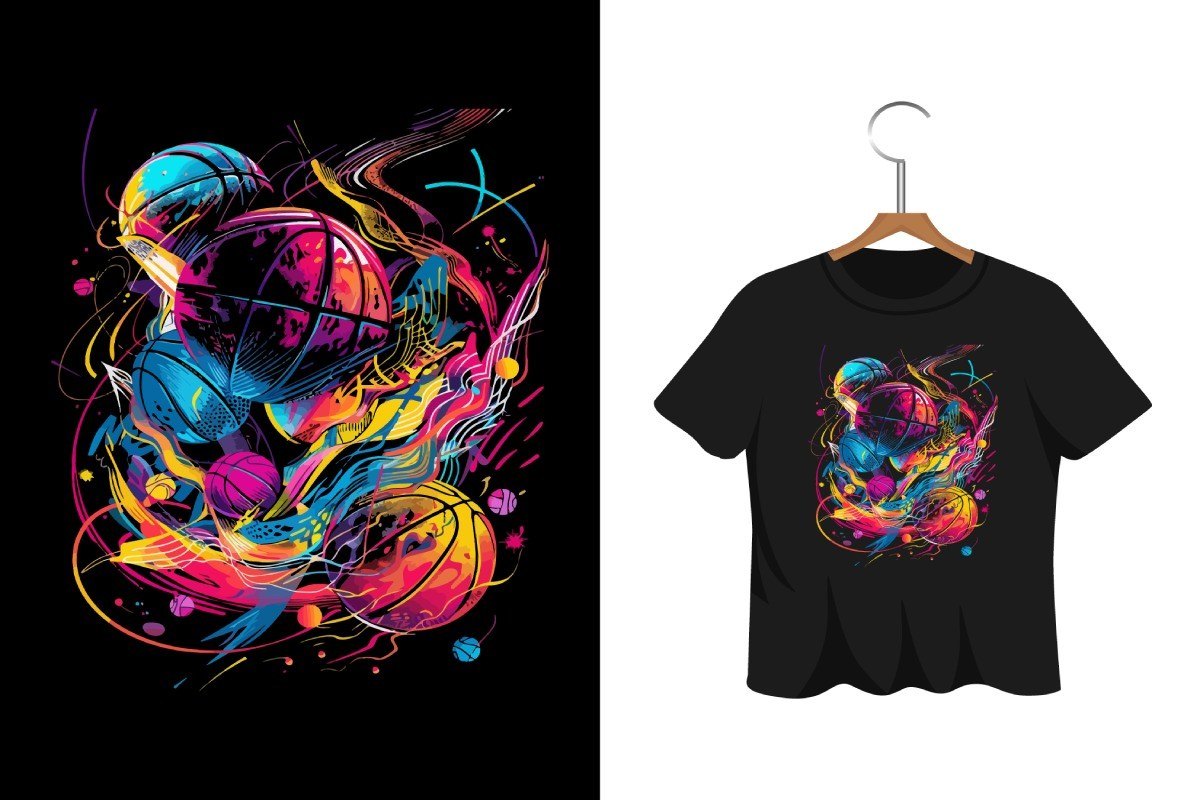
DTF Transfer for Hoodies: Best Practices
Why DTF Transfer is Ideal for Hoodies
Using a DTF transfer for hoodies is one of the best ways to achieve vibrant, high-quality prints on thick fabrics. Unlike other methods, DTF printing allows for detailed, full-color designs that adhere well to cotton, polyester, and blended materials. With proper heat press application, a DTF transfer ensures durability, flexibility, and a professional finish.
Choosing the Right Hoodie for DTF Transfer
Selecting the right hoodie material plays a significant role in the success of a DTF transfer. Cotton and cotton-polyester blends work best, providing strong adhesion for the ink. Hoodies with textured surfaces or excessive stretch require adjustments in heat press settings to ensure the DTF print bonds properly. Pre-washing garments can also help remove any residues that might interfere with the DTF transfer process.
Preparing the Hoodie Before Applying a DTF Transfer
Before applying a DTF transfer, ensuring the hoodie is clean and smooth helps achieve the best results. A quick press with a heat press removes wrinkles and moisture, improving ink adhesion. Lint rollers help eliminate dust or fibers that could affect the bonding of the DTF print. Proper preparation prevents defects and ensures the transfer lasts longer.
Optimal Heat Press Settings for DTF Transfer on Hoodies
The right heat press settings are essential for a successful DTF transfer on hoodies. A temperature range of 160-180°C ensures the adhesive activates properly, and applying medium to firm pressure allows the DTF ink to penetrate thick fabrics. Pressing the design for 15-20 seconds ensures complete transfer, while a second press with a Teflon sheet helps enhance durability and softness.
Cold Peel vs. Hot Peel: Which Works Best?
Choosing between hot peel and cold peel DTF transfers depends on the finish you want. Cold peel films require cooling before removal, producing a smoother and more durable print. Hot peel films allow for immediate peeling after pressing, which speeds up production but may require careful handling to avoid smudging. Testing different peeling methods ensures the best results for each hoodie material.
How to Prevent Peeling and Cracking in DTF Transfers
Ensuring a long-lasting DTF transfer requires proper application and care. Using the correct heat press temperature and pressure prevents weak adhesion that leads to peeling. Cracking occurs when the print is over-pressed or stretched beyond its capacity. Washing hoodies inside out and avoiding high-heat drying helps maintain the quality of the DTF print over time.
Best Washing and Maintenance Practices for DTF Transfers on Hoodies
Washing hoodies with a DTF transfer requires special care to maintain print quality. Using mild detergent, cold water, and a gentle cycle helps prevent fading and peeling. Avoiding bleach and fabric softeners extends the life of the DTF print. Air drying or using a low-heat setting in the dryer prevents excessive heat exposure that can weaken the DTF transfer.
Conclusion
Applying a DTF transfer on hoodies requires proper preparation, heat press settings, and post-press handling for the best results. Choosing high-quality hoodies, using the correct peeling method, and following proper washing guidelines ensure that DTF prints stay vibrant and durable. With the right techniques, a DTF transfer delivers long-lasting, professional-quality prints on any hoodie.
FAQ
- What fabric is best for DTF transfers on hoodies?
- Cotton, polyester, and blends work well for a DTF transfer as they provide strong ink adhesion.
- How do I prevent DTF prints from peeling?
- Using the correct heat press temperature, pressure, and peeling technique ensures a secure DTF bond.
- Should I pre-wash hoodies before applying a DTF transfer?
- Yes, pre-washing removes residue that could affect the adhesion of a DTF transfer.
- What temperature should I use for pressing DTF transfers on hoodies?
- 160-180°C is the ideal heat press temperature for a successful DTF transfer.
- Is hot peel or cold peel better for hoodies?
- Cold peel provides a smoother finish, while hot peel speeds up the application of a DTF transfer.
- Can I iron over a DTF print on a hoodie?
- Ironing directly on a DTF print can cause damage; use a pressing cloth or turn the hoodie inside out.
- How should I wash hoodies with a DTF transfer?
- Wash inside out with mild detergent and cold water to preserve the DTF transfer.
- What happens if my DTF print cracks?
- Overheating or excessive stretching can cause cracking; using proper heat settings prevents this issue in DTF printing.
- How do I store hoodies with DTF transfers?
- Store in a cool, dry place and fold carefully to avoid creases in the DTF transfer.
- Can I use DTF transfers on zip-up hoodies?
- Yes, but pressing techniques should be adjusted to avoid interference from zippers during the DTF transfer process.
